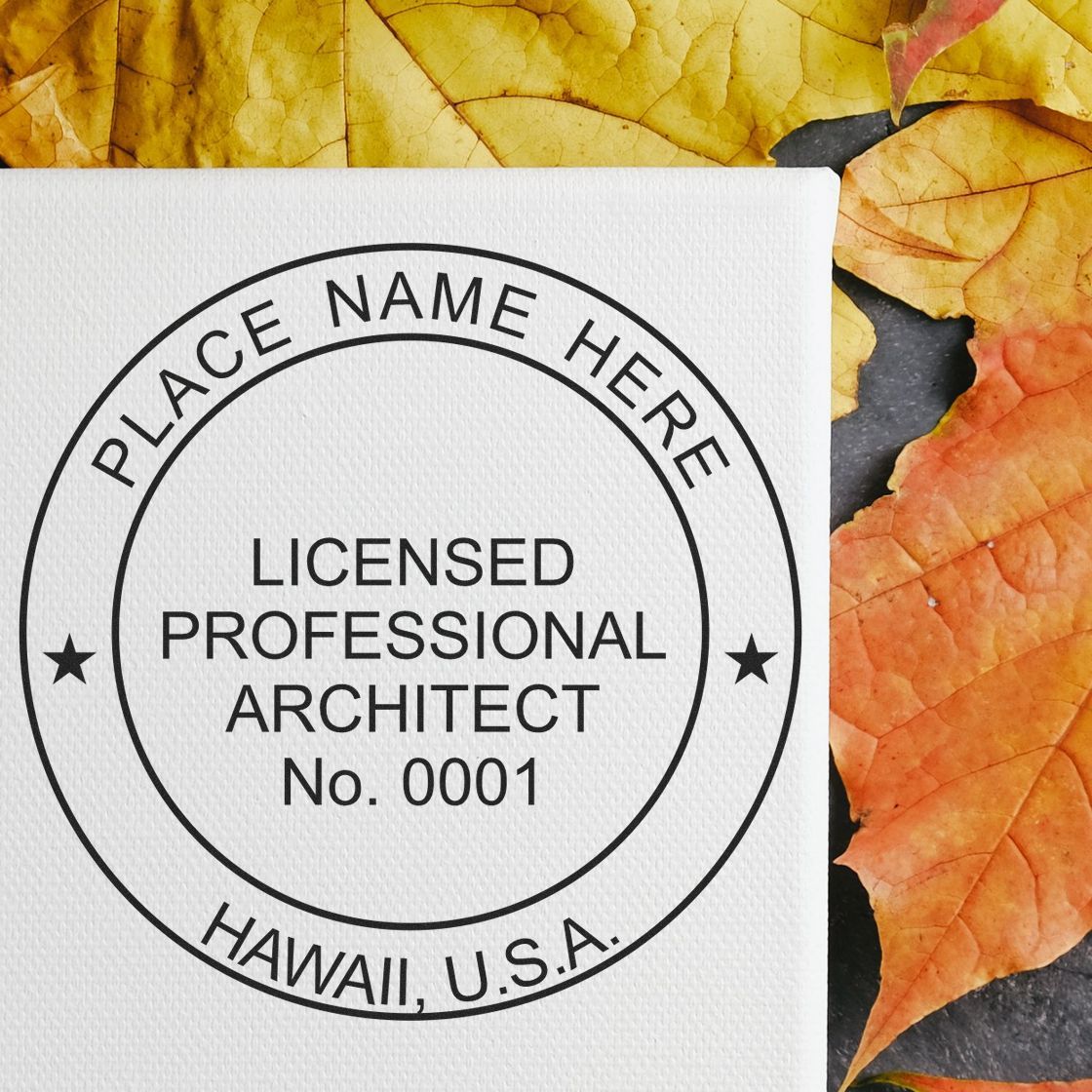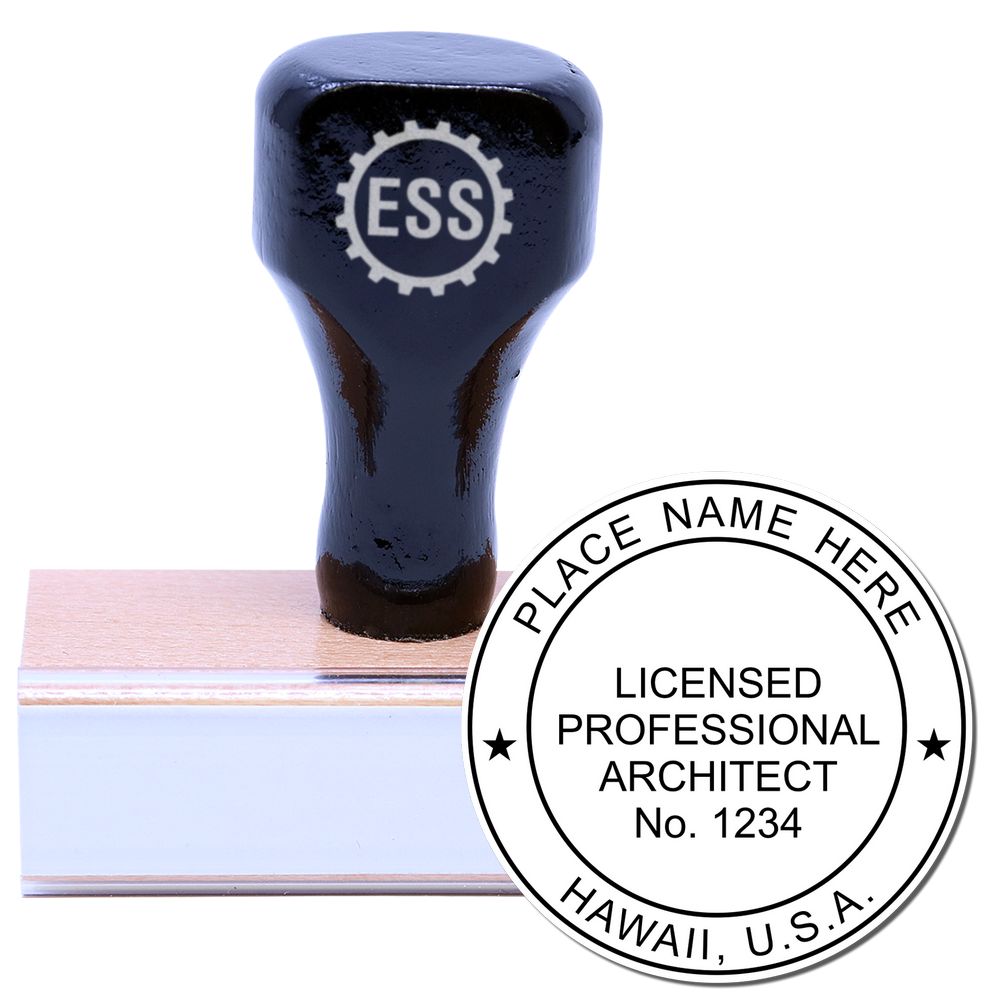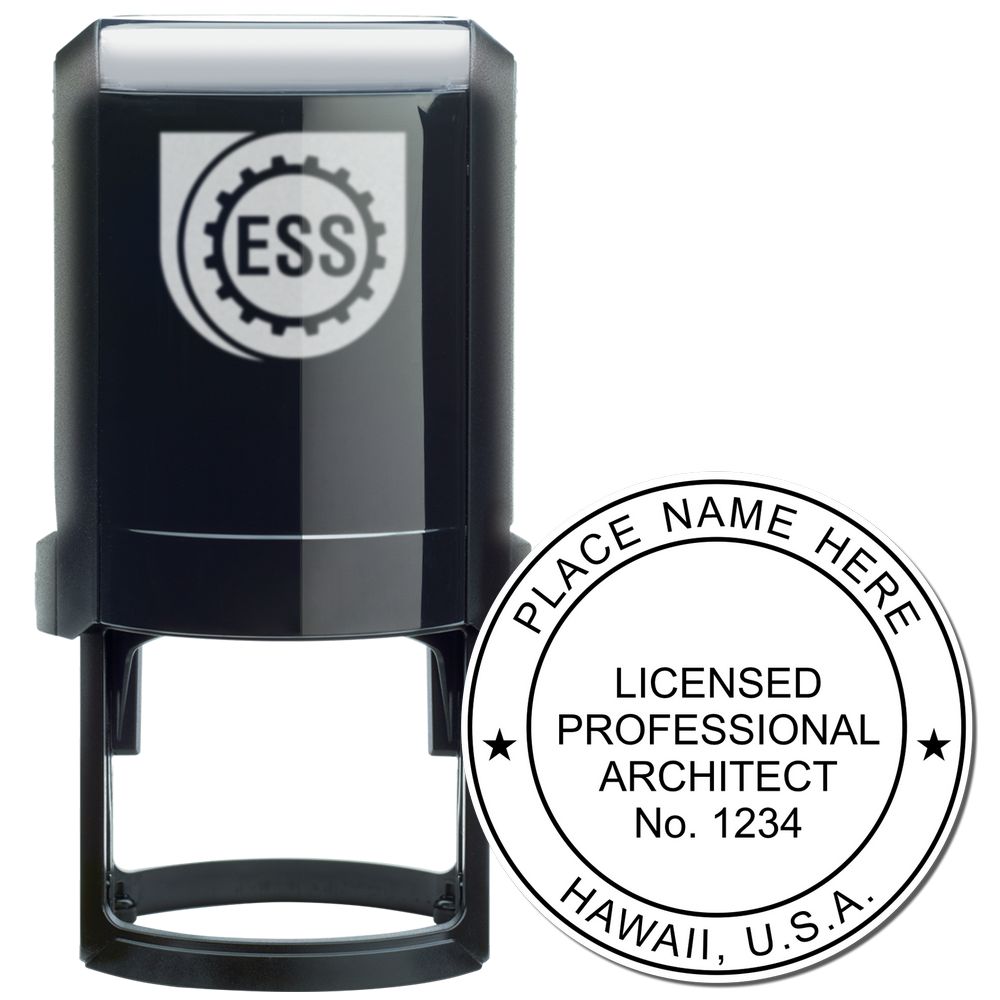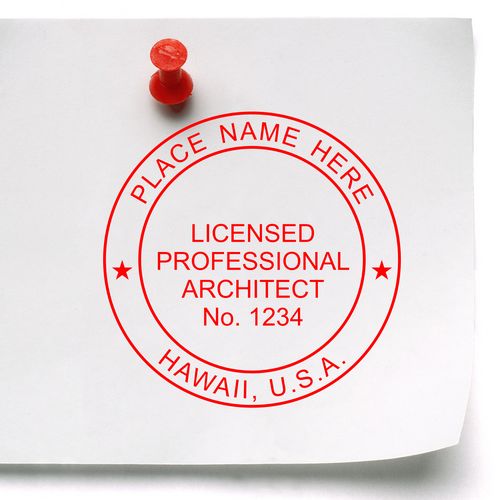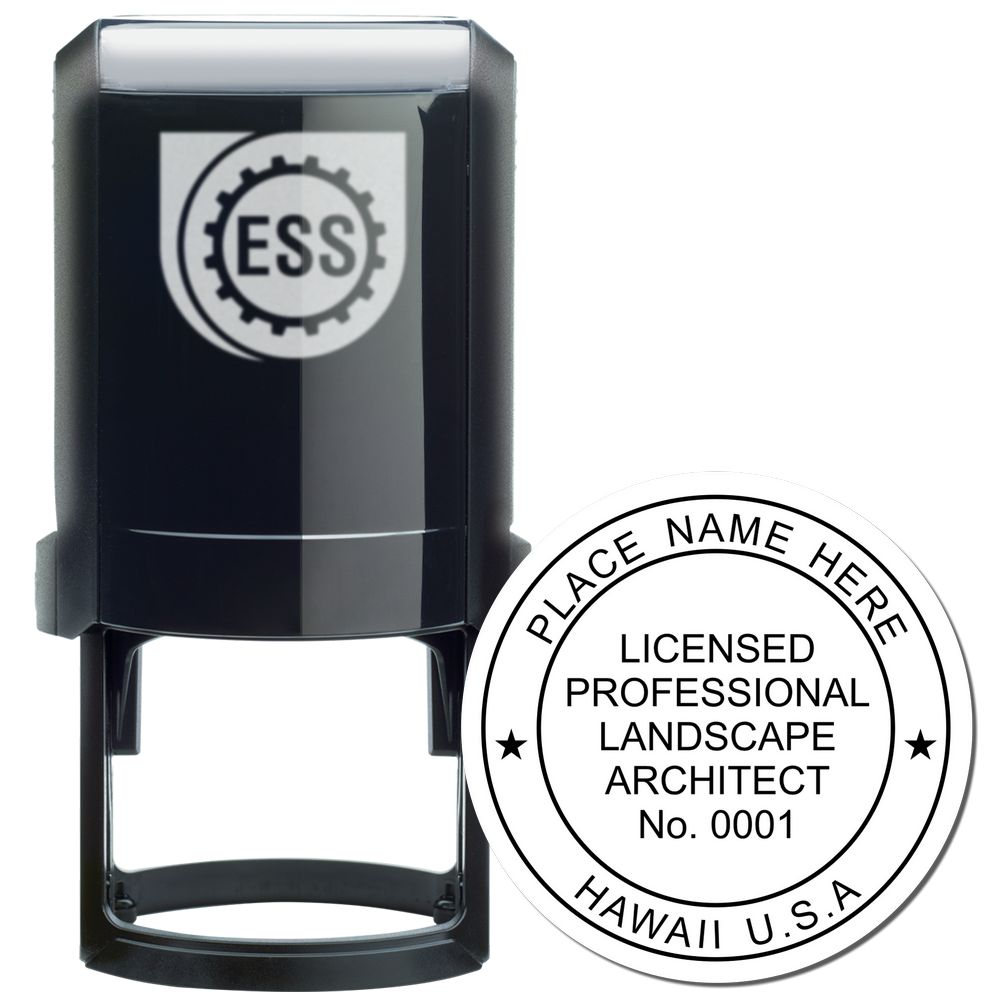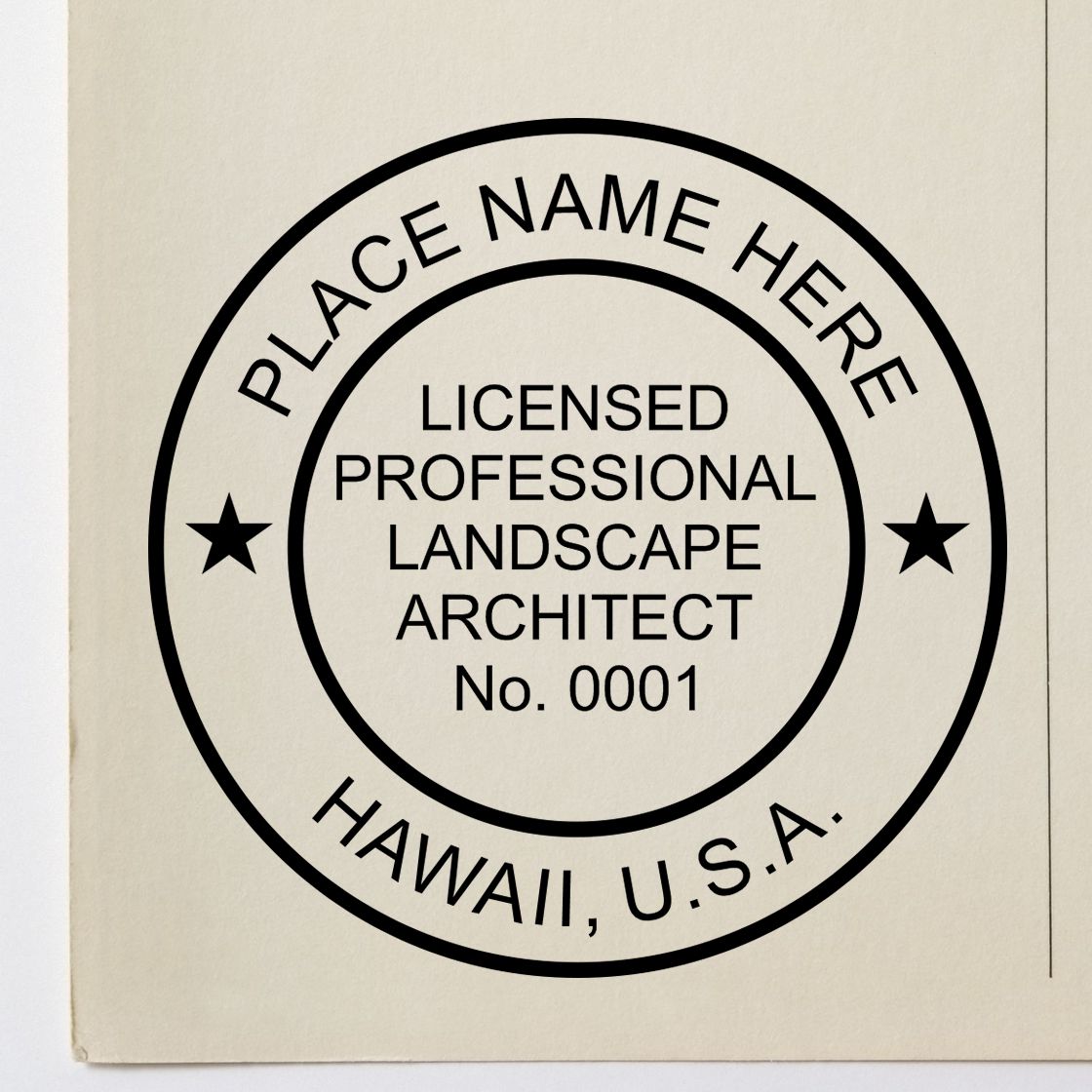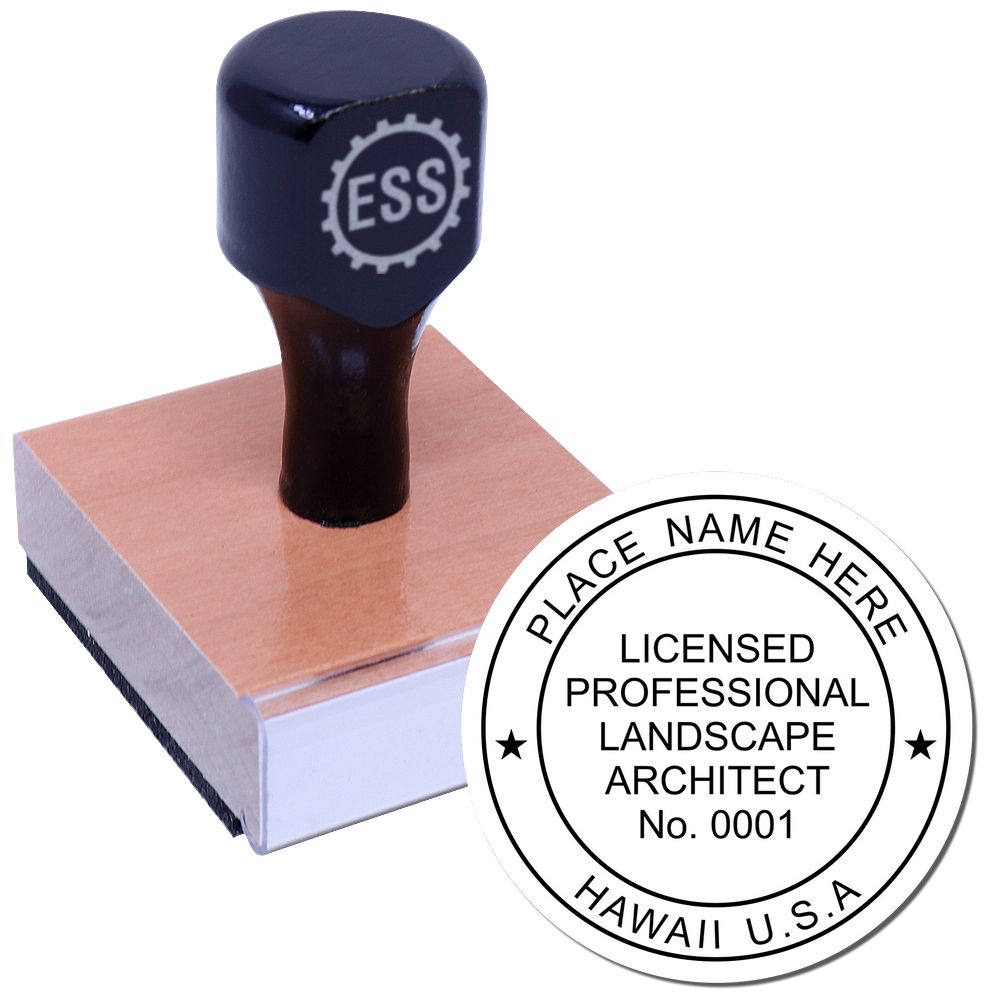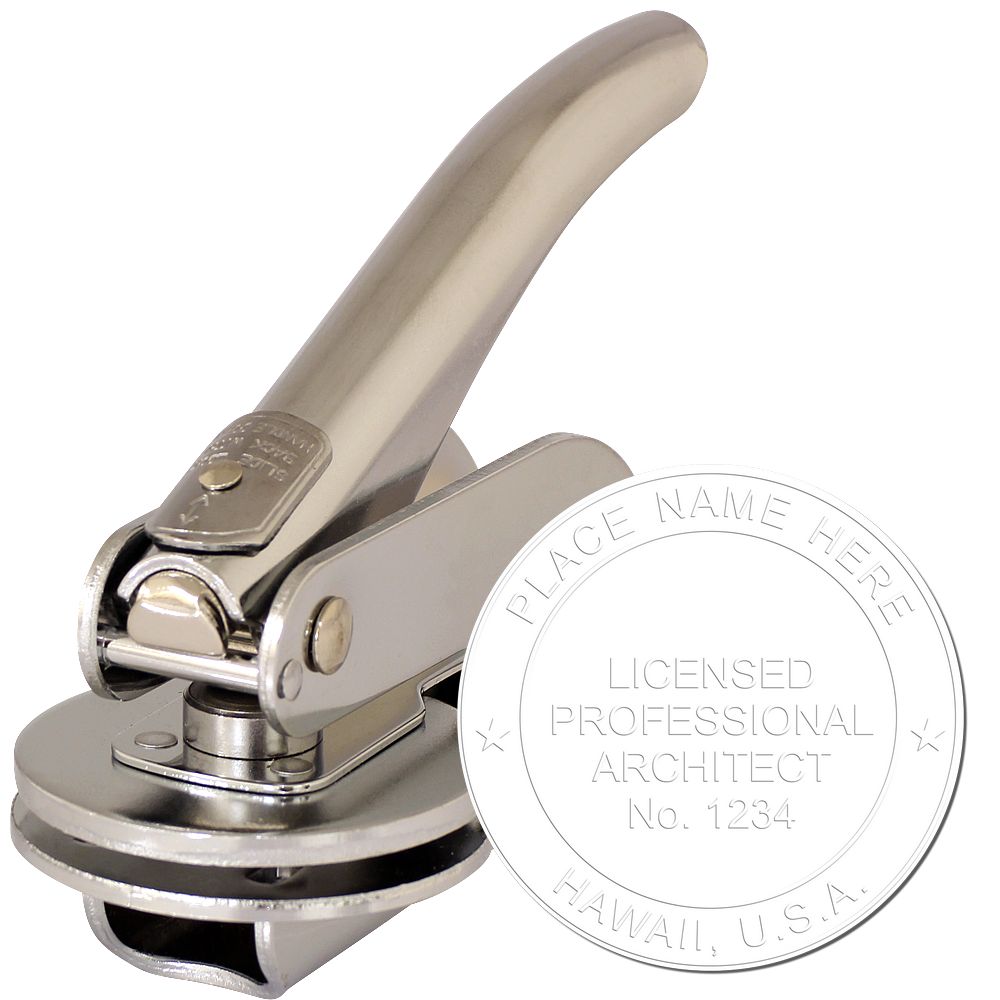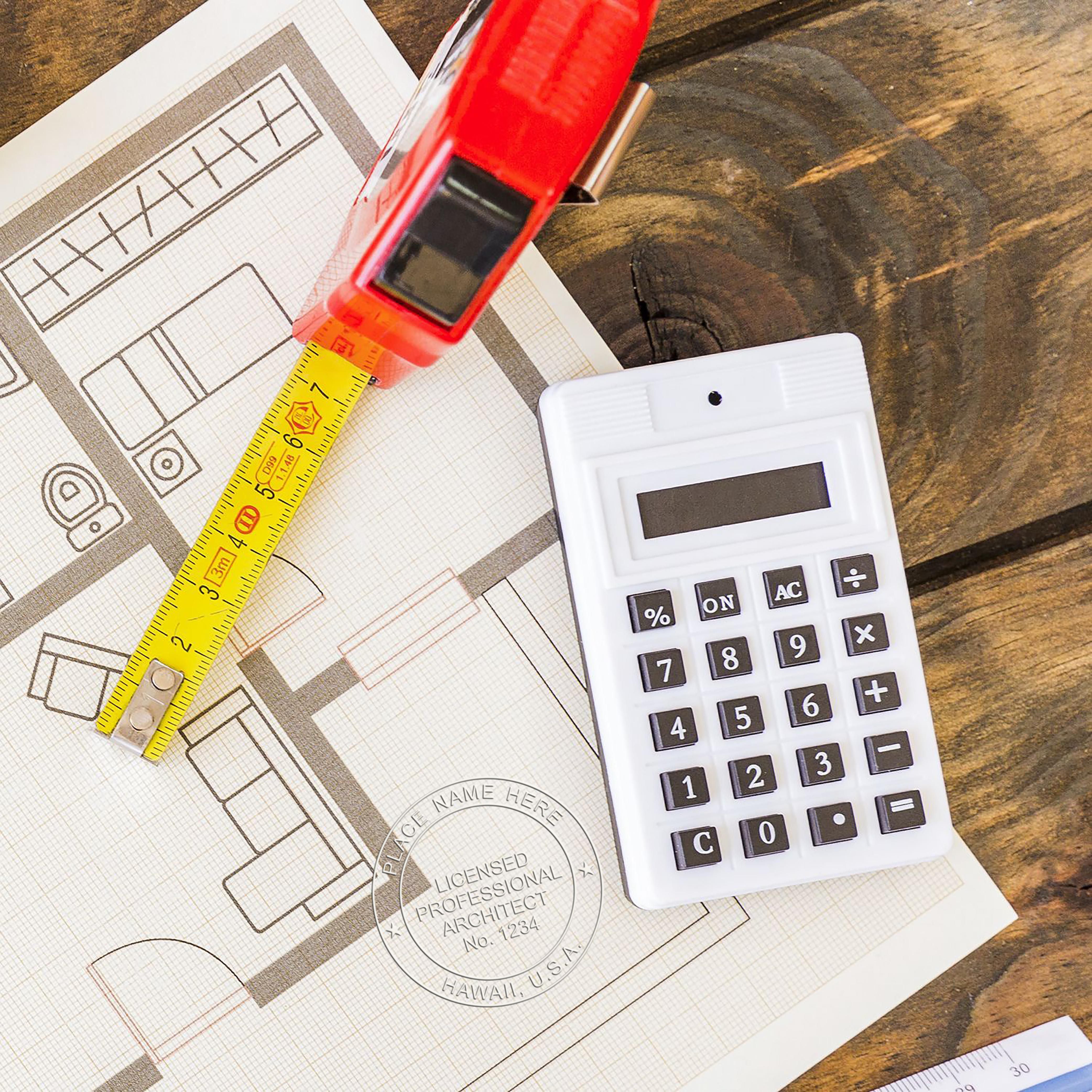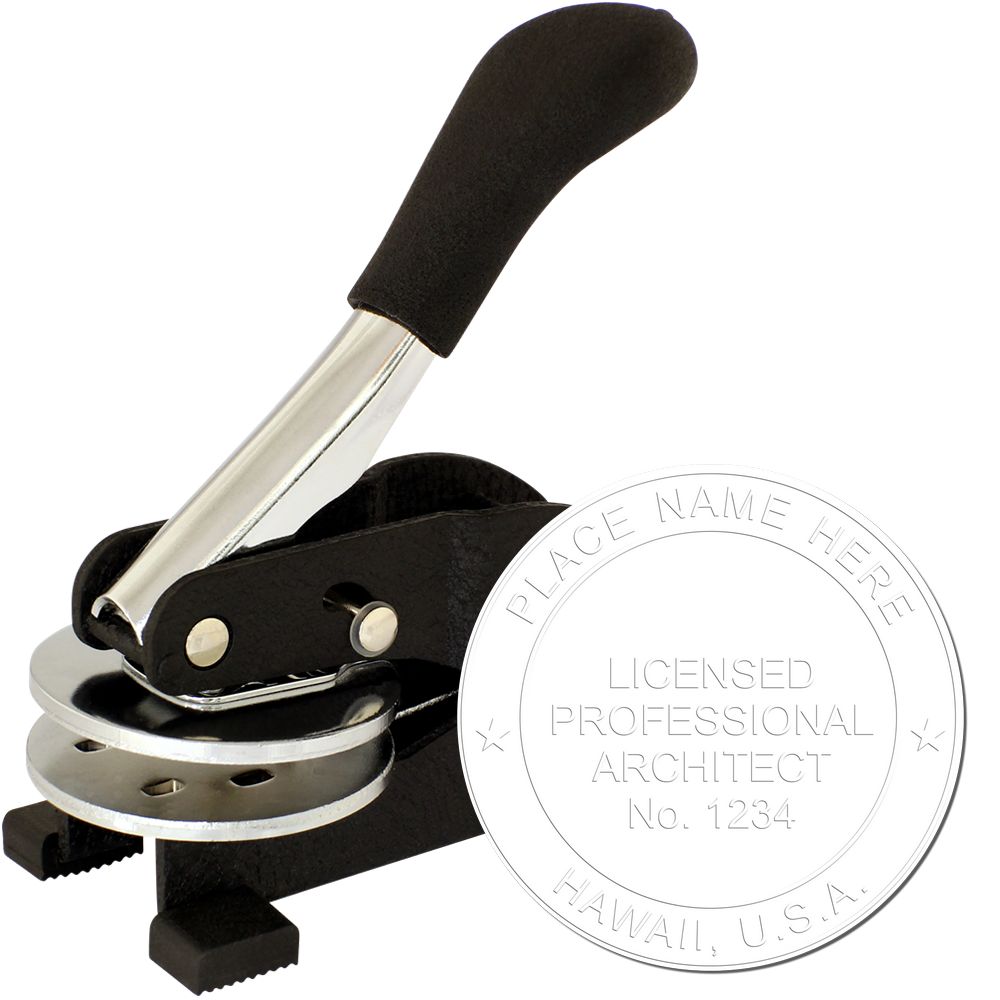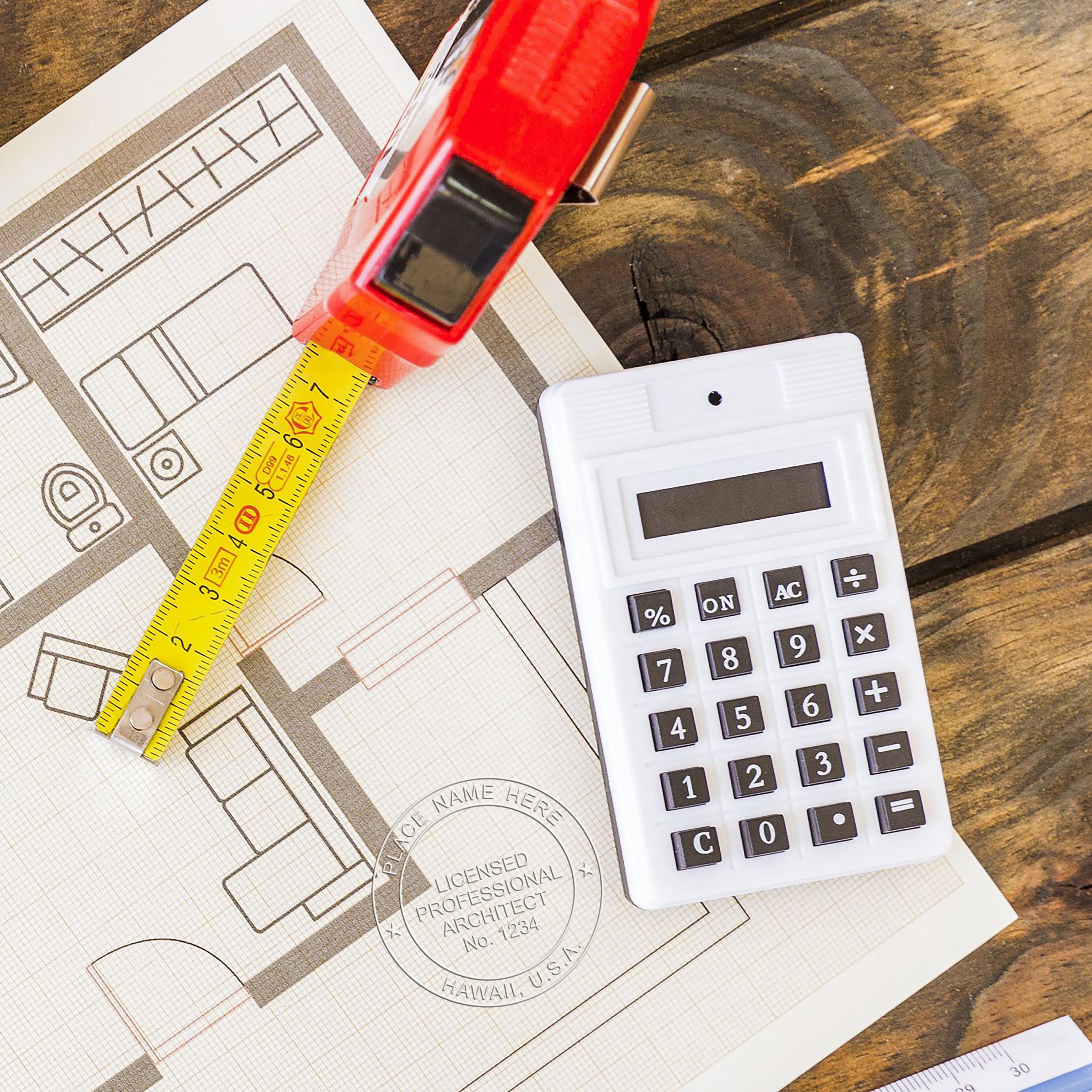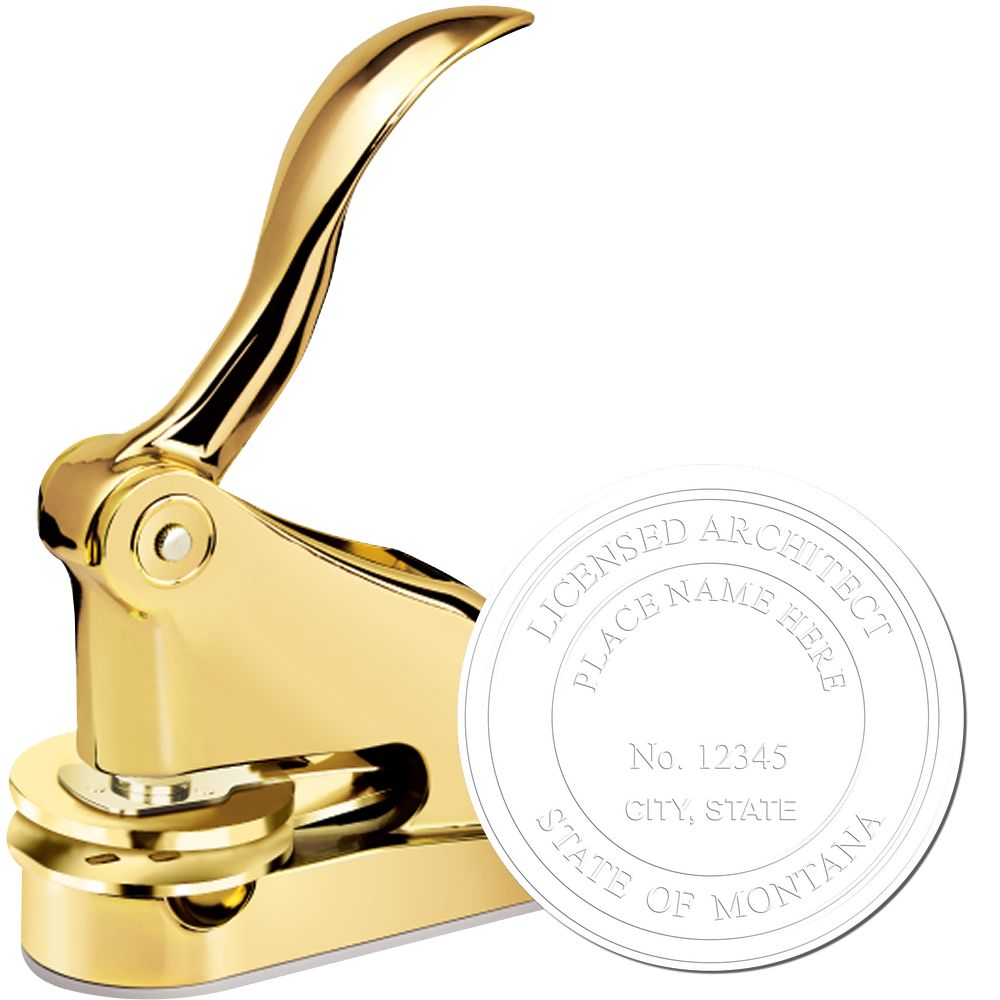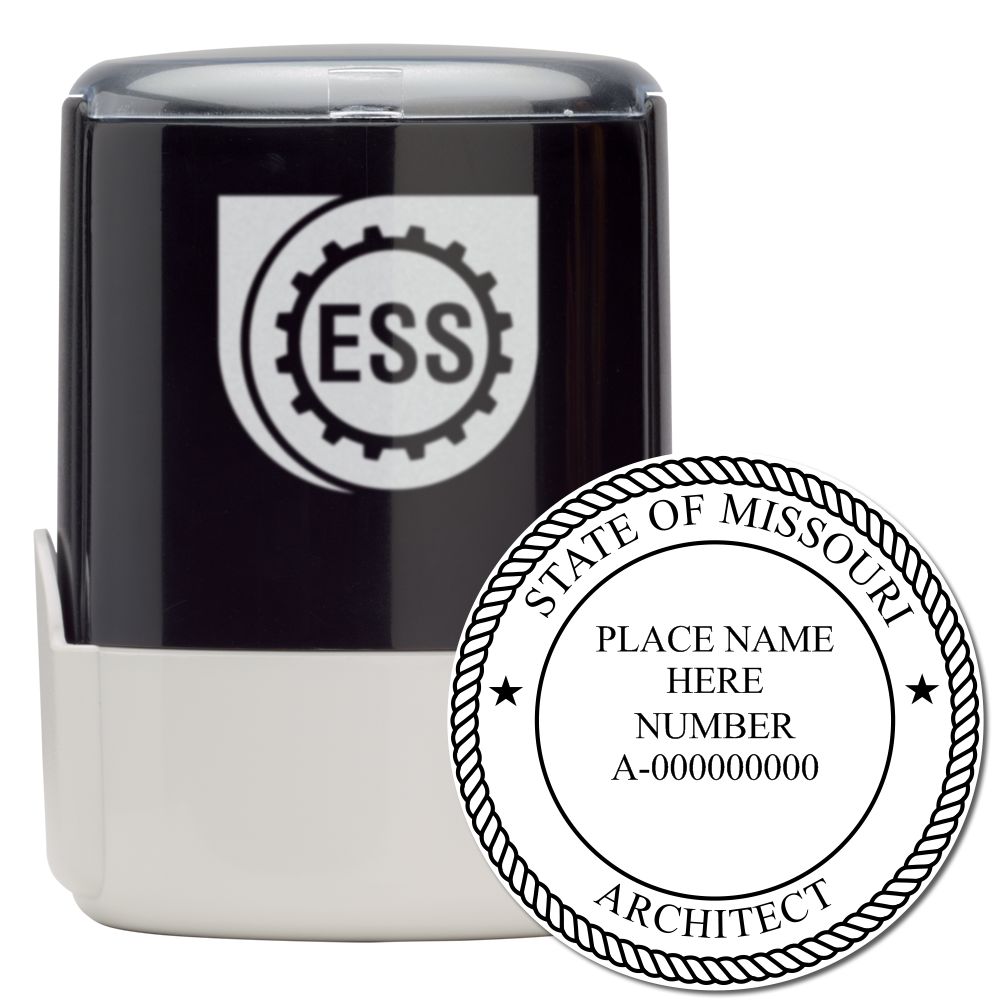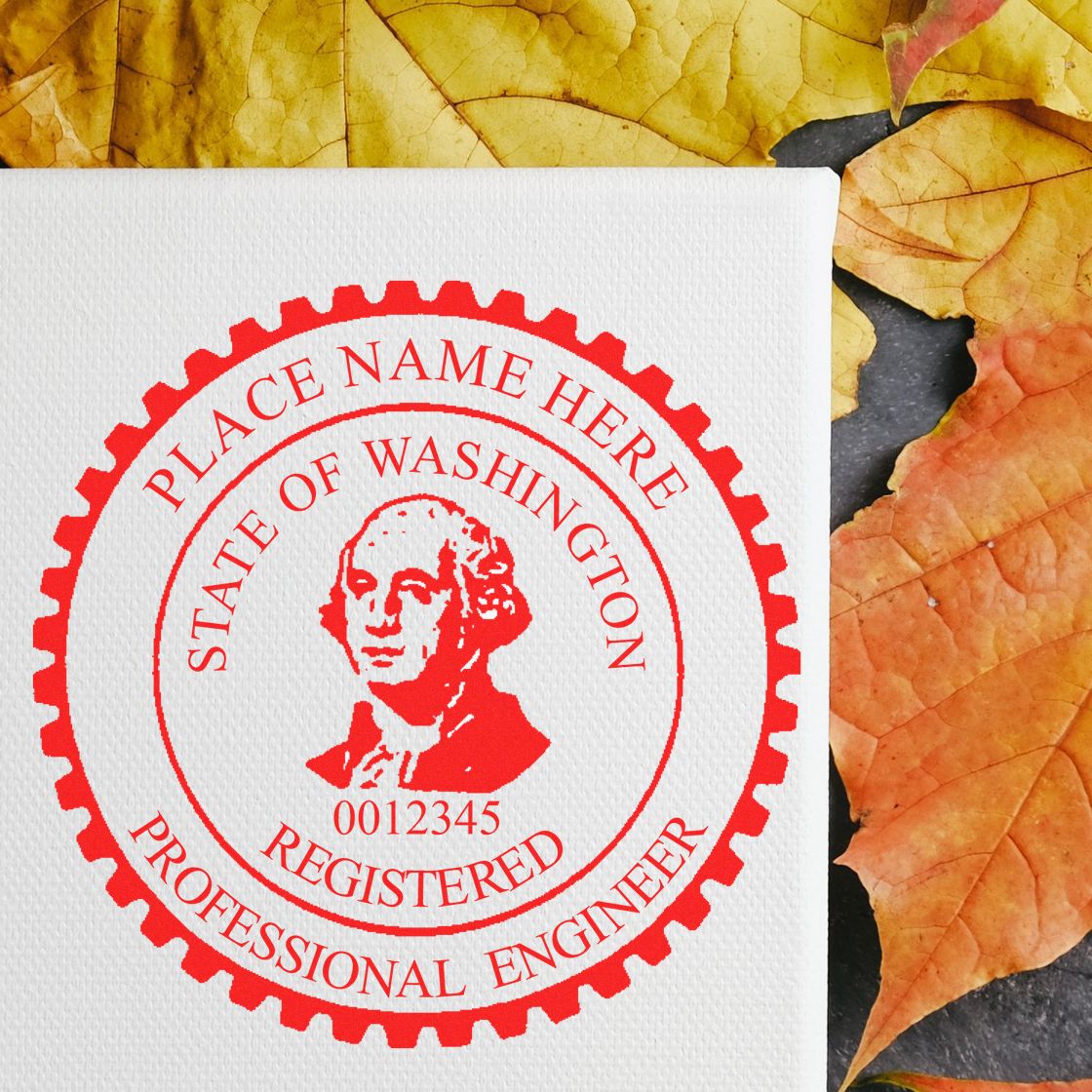Understanding Hawaii Architect Stamps
Architect stamps play a vital role in the architectural industry, serving as a mark of authenticity and professionalism. In Hawaii, architect stamps are required for certain documents and drawings to ensure compliance with state regulations and to uphold the standards of the profession. Let's take a closer look at the importance of architect stamps and provide an overview of the specific requirements in Hawaii.

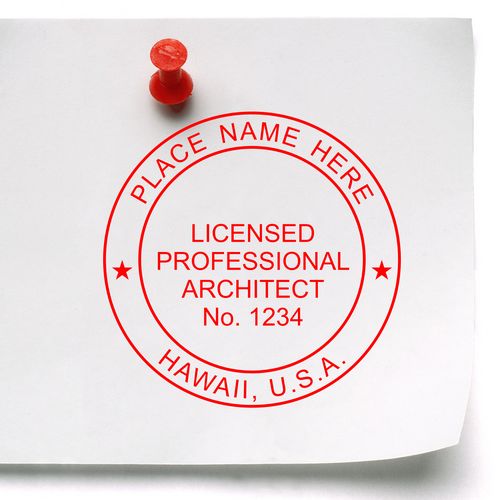
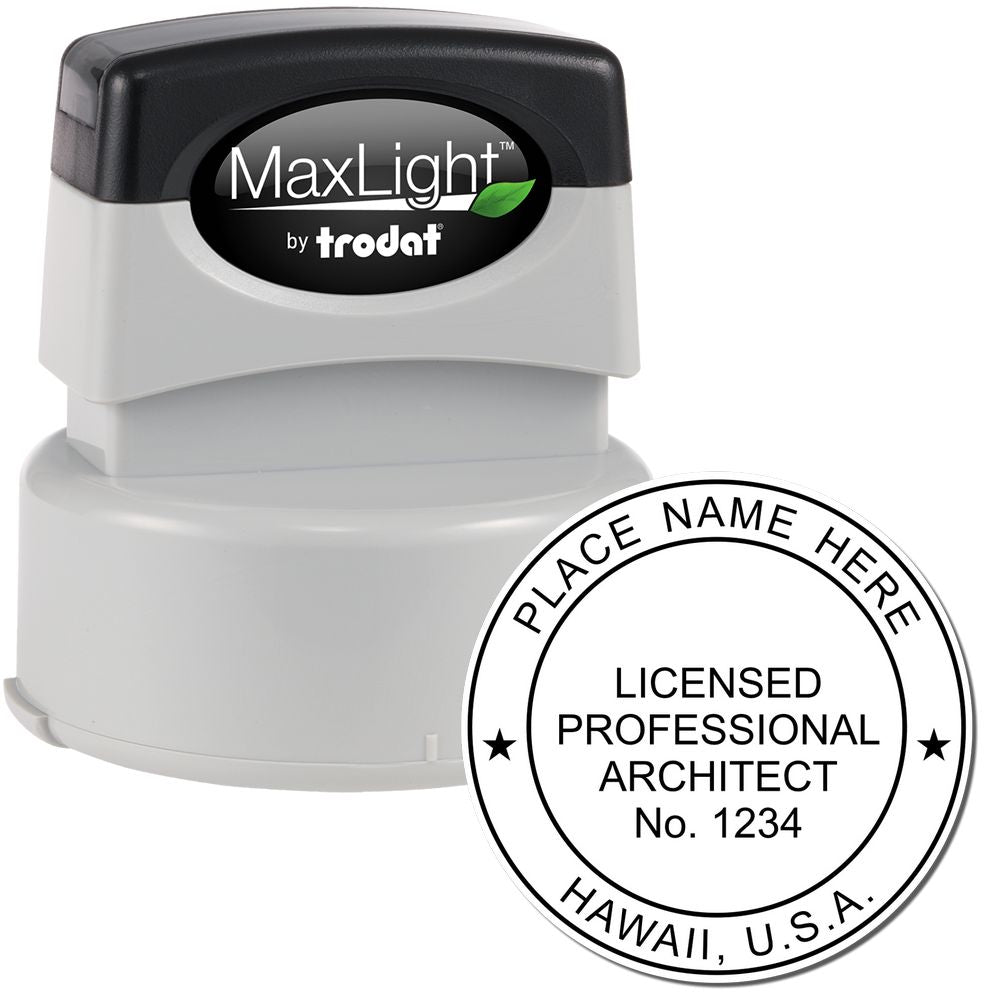
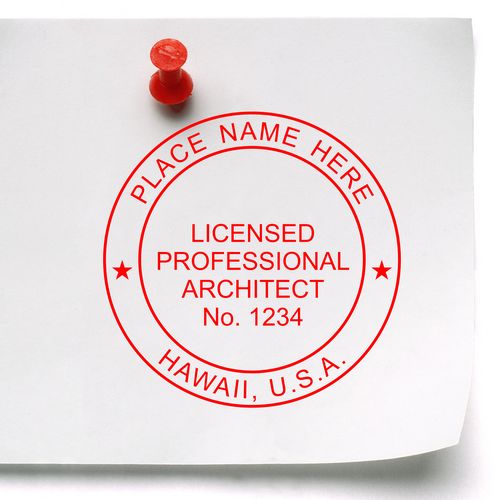
Importance of Architect Stamps
Architect stamps hold significant importance in the architectural field. When an architect affixes their stamp to a document or drawing, it signifies that they take responsibility for the design, accuracy, and compliance of the project. This helps to establish credibility and trust in the architectural community, as well as with clients, contractors, and regulatory authorities.
Architect stamps serve as a visual representation of an architect's professional qualifications and licensing. They indicate that the architect is registered with the appropriate state licensing board and has met the educational and experience requirements necessary to practice architecture. The stamp acts as a professional seal, providing assurance that the architect's work meets the legal and technical standards set forth by the industry.
Overview of Hawaii Architect Stamp Requirements
In Hawaii, architect stamps are governed by the State Licensing Board. The specific requirements for architect stamps in Hawaii are outlined in regulations that architects must adhere to. These requirements cover the design and content specifications of the stamp, as well as guidelines for its size and placement on documents.
To delve deeper into the details of Hawaii architect stamp requirements, architects should reference the regulations set by the State Licensing Board. For more information on Hawaii architect stamps, you can visit our article on hawaii architect stamps. This resource provides insights into the design, guidelines, and size specifications for architect stamps in Hawaii.
By understanding the importance of architect stamps and familiarizing themselves with the specific requirements in Hawaii, architects can ensure compliance and professionalism in their architectural practice. It is crucial to stay updated with any changes in regulations to ensure that architect stamps are used appropriately and in accordance with the state's guidelines.
Hawaii Architect Stamp Requirements
When it comes to obtaining an architect stamp in Hawaii, there are specific requirements that must be adhered to. These requirements are set by the State Licensing Board and cover various aspects such as regulations, design and content specifications, and size and placement guidelines.
State Licensing Board Regulations
The Hawaii State Licensing Board of Architects, Engineers, and Landscape Architects is responsible for overseeing the regulations related to architect stamps in Hawaii. These regulations are in place to ensure that architects meet the necessary standards and uphold the integrity of their profession.
Architects in Hawaii must be licensed by the State Licensing Board in order to use an architect stamp. The board sets forth specific requirements for licensure, including education, experience, and examination. It is important for architects to carefully review and comply with these regulations to ensure they are properly licensed and qualified to use an architect stamp. For more information on the licensing requirements, architects can refer to the State Licensing Board's official website.
Design and Content Specifications
The design and content of an architect stamp in Hawaii must meet certain specifications in order to be considered valid. The stamp should include the architect's name, license number, and the words "Registered Architect" or "Architect". The design should be clear, legible, and professional, reflecting the architect's commitment to excellence and adherence to industry standards.
Architects can refer to the State Licensing Board's guidelines for specific design requirements. These guidelines may include details such as the font size, style, and layout of the stamp. It is important to carefully follow these specifications to ensure that the architect stamp meets all the necessary requirements. For more information on the design of architect stamps in Hawaii, architects can refer to our article on hawaii architect stamp design.
Size and Placement Guidelines
In addition to design and content specifications, architects in Hawaii must also adhere to size and placement guidelines for architect stamps. The stamp should be of a reasonable size to ensure that the relevant information is clearly visible and legible. However, it should not be so large as to interfere with the readability or appearance of the stamped documents.
The State Licensing Board may provide specific guidelines regarding the size and placement of architect stamps. Architects should consult these guidelines to determine the appropriate dimensions for their stamp. Proper placement of the stamp is also important. Typically, architect stamps are placed on the final page or drawing of the architectural documents.
For more information on the size and placement guidelines for architect stamps in Hawaii, architects can refer to our article on hawaii architect stamp guidelines and hawaii architect stamp size.
By understanding and complying with the regulations, design and content specifications, and size and placement guidelines, architects in Hawaii can ensure that their architect stamp meets the necessary requirements. This demonstrates their professionalism and commitment to upholding the standards of the architectural profession.
Types of Hawaii Architect Stamps
When it comes to Hawaii architect stamps, there are several options available to architects for their professional use. Each type of stamp has its own unique features and benefits. In this section, we will explore three common types of Hawaii architect stamps: traditional rubber stamps, self-inking stamps, and electronic stamps.
Traditional Rubber Stamps
Traditional rubber stamps are a classic choice for architects needing to affix their seal or signature. These stamps consist of a rubber die mounted on a wooden handle. The rubber die is custom engraved with the architect's information, including their name, license number, and other required details.
To use a traditional rubber stamp, the architect applies ink to the rubber die and presses it onto the desired document. This type of stamp offers a traditional and professional appearance, and the engraved details create a crisp impression on paper.
Self-Inking Stamps
Self-inking stamps are a convenient option for architects who value efficiency and ease of use. These stamps feature a built-in ink pad that automatically re-inks the stamp after each impression. With a simple press down, the stamp leaves a clear and consistent impression on the document.
Self-inking stamps are available in various sizes and can be customized to include the architect's required information. The stamp's design is typically pre-inked, eliminating the need for additional ink pads or manual inking. This makes self-inking stamps a popular choice for architects who frequently need to use their stamps throughout the day.
Electronic Stamps
In the digital age, electronic stamps have become an increasingly popular option for architects. These stamps are designed to be used with electronic documents, such as PDFs or CAD files. Electronic stamps are created using specialized software and can be customized to include the architect's information and seal design.
When using an electronic stamp, the architect can simply select the stamp from the software's library and apply it to the appropriate location in the digital document. Electronic stamps offer the advantage of easy editing and customization, as well as the ability to sign and seal documents digitally.
Choosing the appropriate type of Hawaii architect stamp depends on an architect's personal preference, workflow, and the nature of their projects. Architects should consider factors such as the desired appearance, ease of use, and document compatibility when selecting their stamp. For more information on Hawaii architect stamp requirements and guidelines, be sure to check out our articles on hawaii architect stamps and hawaii architect stamp guidelines.

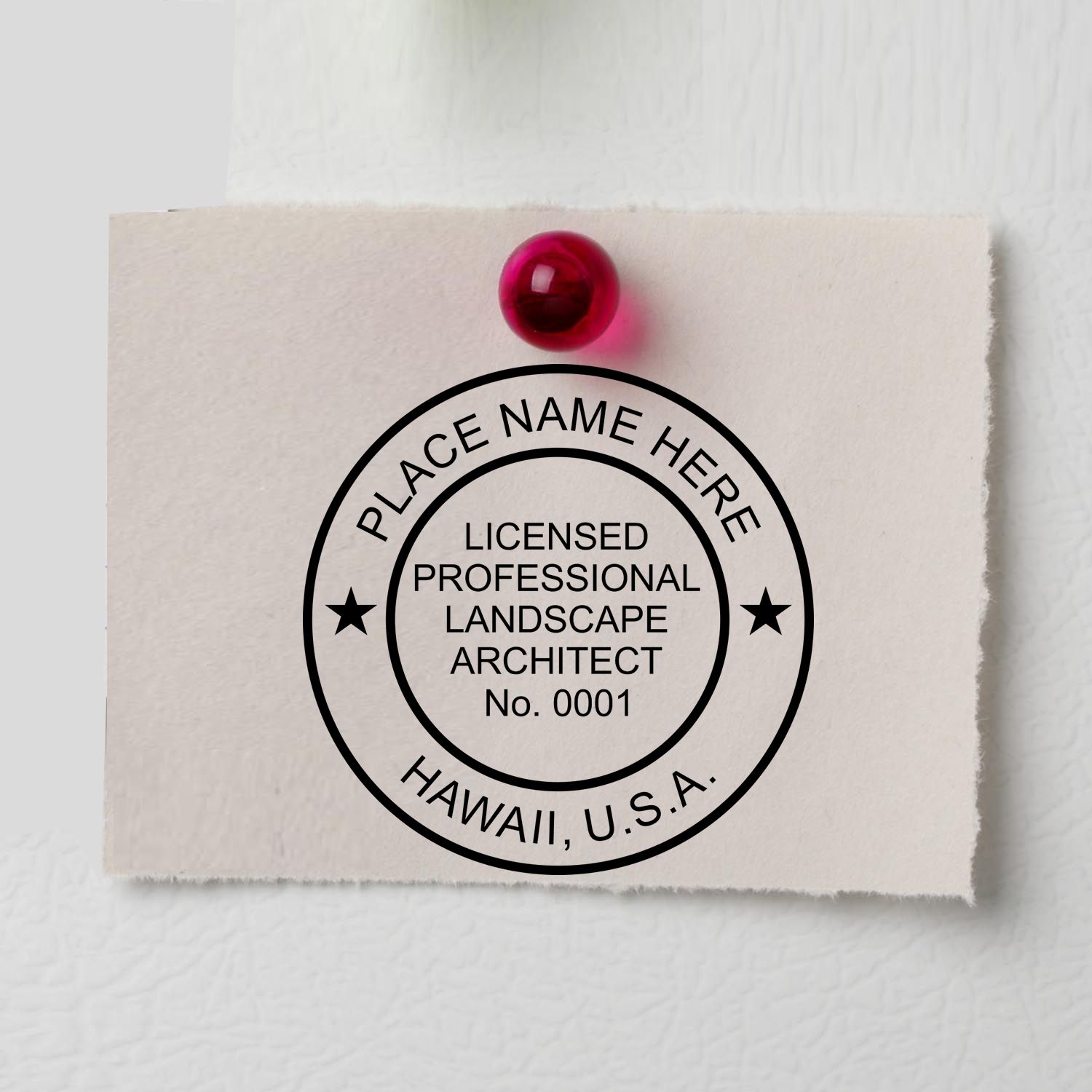
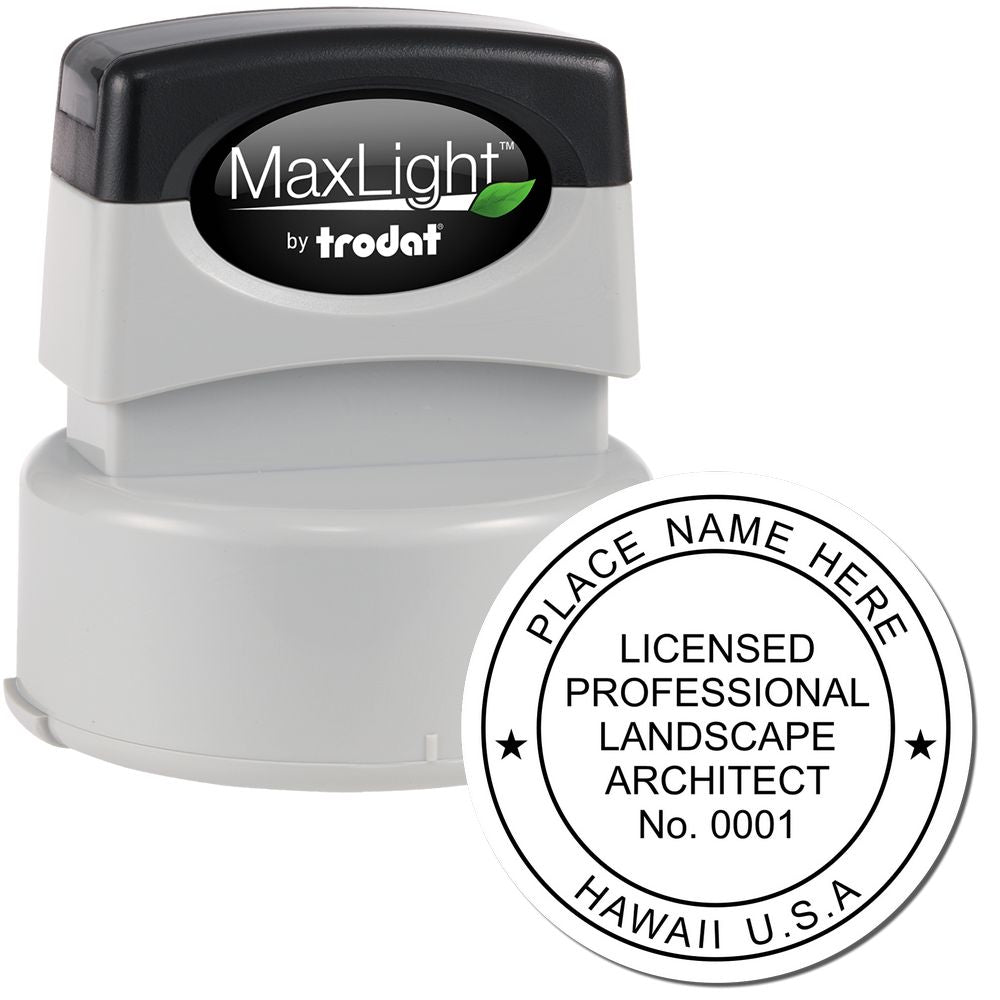
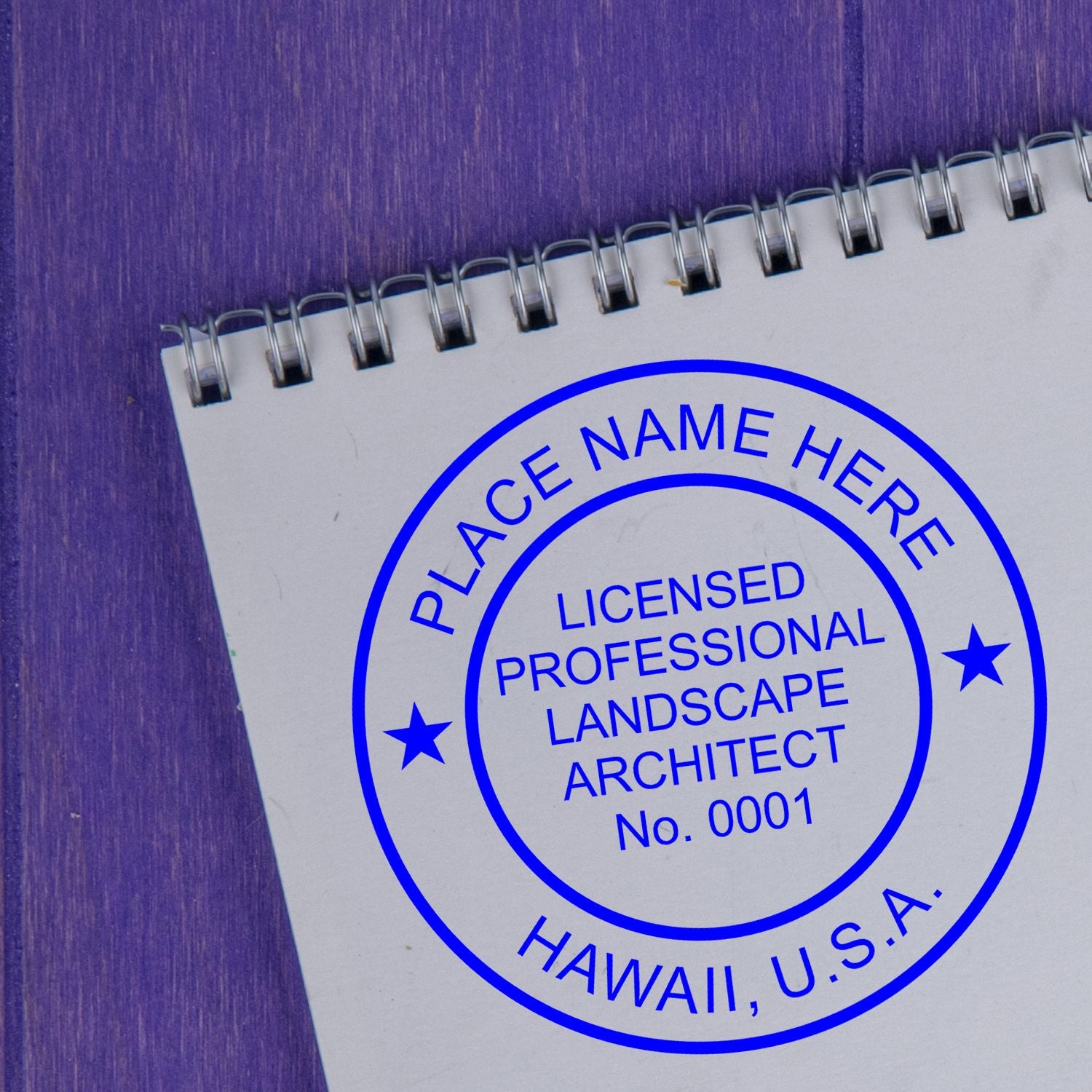
Where to Purchase Hawaii Architect Stamps
When it comes to purchasing Hawaii architect stamps, there are several options available to ensure compliance with the state's requirements. Whether you prefer to visit a physical store or shop online, you can find authorized stamp providers that offer a variety of options to meet your needs.
Authorized Stamp Providers
To acquire a Hawaii architect stamp, it is important to choose an authorized stamp provider. These providers have the necessary knowledge and expertise to ensure that the stamps they offer meet the specific requirements set forth by the state licensing board. They understand the importance of compliance and professionalism when it comes to architect stamps.
Authorized stamp providers can be found both online and in physical stores. They offer a range of stamp types, including traditional rubber stamps, self-inking stamps, and electronic stamps. By partnering with an authorized stamp provider, you can have peace of mind knowing that the stamp you purchase will meet the necessary regulations and standards. For more information on the different types of Hawaii architect stamps, refer to our article on hawaii architect stamps.
Online Options
In today's digital age, online shopping has become increasingly popular and convenient. Many authorized stamp providers offer online platforms where you can browse and purchase Hawaii architect stamps from the comfort of your own home or office. Online options often provide a wider selection of stamp designs and customization options, allowing you to choose a stamp that aligns with your professional preferences.
When shopping online for Hawaii architect stamps, it is important to verify the authenticity and credibility of the provider. Look for reputable websites that clearly state their authorization and compliance with Hawaii architect stamp requirements. Additionally, ensure that the provider offers secure payment options and has reliable customer support to address any questions or concerns you may have.
By exploring both authorized stamp providers and online options, you can find the right source to purchase your Hawaii architect stamp. Remember to refer to the specific design, size, and placement guidelines outlined by the state licensing board to ensure that your stamp meets all requirements. For detailed information on Hawaii architect stamp requirements, visit our article on hawaii architect stamp requirements.
Ensuring Compliance and Professionalism
To maintain compliance with Hawaii architect stamp requirements and uphold a professional standard, architects must be diligent in their approach. This section covers key aspects to consider: double-checking requirements, proper usage of the stamp, and staying up-to-date with regulations.
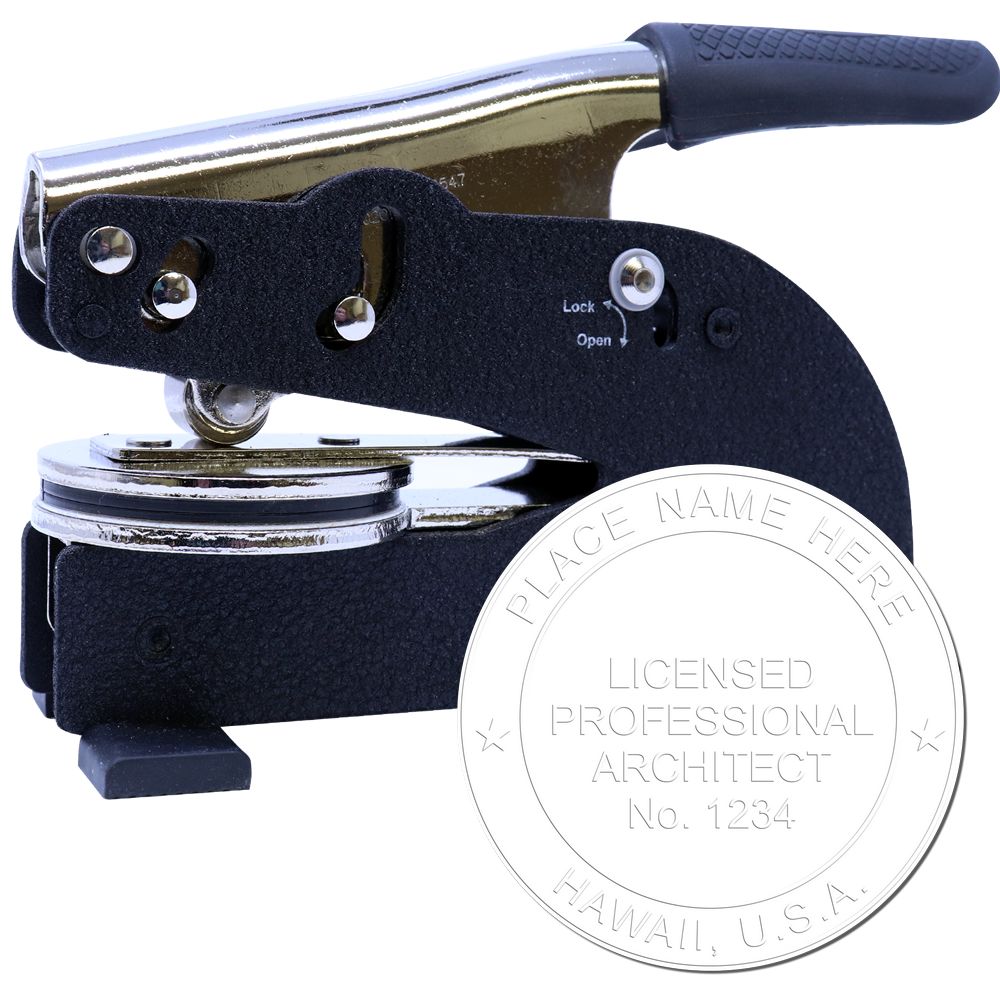

Double-Checking Requirements
Before using an architect stamp in Hawaii, it is crucial to double-check the specific requirements outlined by the State Licensing Board. These requirements may include design specifications, content guidelines, and size and placement guidelines. Familiarize yourself with the details to ensure your architect stamp meets all necessary criteria.
For a comprehensive understanding of Hawaii architect stamp requirements, refer to our article on hawaii architect stamp guidelines. By adhering to these guidelines, you can confidently use your architect stamp while ensuring compliance with state regulations.
Proper Usage of the Stamp
Using an architect stamp properly is essential for maintaining professionalism and credibility. Ensure that the stamp is applied clearly and legibly on the appropriate documents, such as architectural plans, drawings, or specifications. The stamp should be easily visible and include all required information, such as your name, license number, and expiration date.
Additionally, it is crucial to use the architect stamp only for its intended purpose, which is to certify your professional work. Misuse of the stamp or allowing others to use it without proper authorization is strictly prohibited and can result in disciplinary action. Familiarize yourself with the proper usage guidelines to avoid any inadvertent errors or violations.
Staying Up-to-Date with Regulations
Architect stamp requirements and regulations may change over time. To ensure compliance and professionalism, it is essential to stay up-to-date with any updates or modifications to these regulations. Regularly check the State Licensing Board's website or other reliable sources to stay informed about any changes that may impact the use of architect stamps in Hawaii.
By staying informed, you can adapt your practices accordingly and avoid any potential issues or penalties. Our article on hawaii architect stamps provides valuable information and resources to help you stay current with the latest regulations.
By double-checking requirements, using the architect stamp properly, and staying informed about the latest regulations, architects can ensure compliance and maintain professionalism in their practice. Remember to refer to our articles on hawaii architect stamp design and hawaii architect stamp size for more detailed information on the design and specifications of architect stamps in Hawaii.
About ESS
At Engineer Seal Stamps (ESS), we aren't just makers; we're dedicated craftsmen passionate about bringing precision to your fingertips. Specializing in the creation of custom rubber stamps, professional seals, and notary stamps, our expertise is underpinned by a steadfast commitment to stellar customer service. Every ESS product isn't just a tool, but a promise—backed by our state board guarantee, ensuring that each seal and stamp you receive from us is of impeccable standard. Our dedication extends beyond the product; we pride ourselves on being responsive, attentive, and always in tune with our customers' needs. Choose ESS, where excellence meets assurance, and every impression counts.

